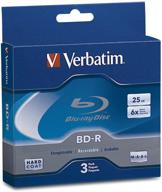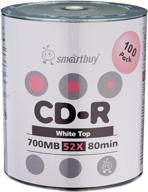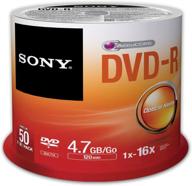
Review on GearIT Home Theater Speaker Set by Doug Hook

Inexpensive temporary solution for audio with aluminum cables
cable works as expected. But I think there might be some confusion about CCA that I'll try to clear up. I'm no expert so take what I say with a grain of salt. These cables are CCA (Copper Clad Aluminum/Aluminium), they are mostly aluminum with a very thin copper jacket. This is important because aluminum is a much worse conductor of electricity than copper, almost 40% less efficient (higher resistance)! Painting wires with copper can improve aluminum wire a little, but it's still not pure copper wire, so it can't enjoy the same benefits. Before you buy this cable, you should understand the important differences between pure copper wire and aluminum wire (CCA): Both cables are structurally well built, there will probably not be an audible difference between them. However, aluminum wire wears out much faster, it's much more malleable and prone to breakage, and its greater ductility causes the wire to literally melt under pressure and oxidize faster. excessive drop in conductivity. CCA cables are well suited for short-term (several years) indoor installations (because frequent temperature changes destroy the aluminum as the filaments simply snap into the cable and break conductivity). This is a good temporary and inexpensive audio cable solution. If you are doing wall installations you will need CL2/CL3 cables as they are designed for this purpose. Finally, if you're installing high-end audio equipment, I personally would go with pure, low-gauge, multi-conductor copper cabling. Oxygen Free Cables (OFC) is just a marketing term. All copper cable is already about 99.0% oxygen free by cable standards, the term "oxygen free" literally adds less than 1% free oxygen and charges you a large premium for less than % purity.
- audio cable
- so far so good
New products
Comments (0)
Top products in 💻 Computer Audio & Video Accessories
Another interesting products

📀 Verbatim BD-R 25GB 6X Blu-ray Recordable Media Disc - 3 Disc Jewel Case Box - 97341: High-Capacity Blu-ray Recording for Optimal Storage

10 Review

📀 Smartbuy 700MB/80min CD-R Blank Data Recordable Media Discs - Pack of 100, 52x Speed, White Top

10 Review

🎥 RCA Hi-Fi Stereo Videotape (10-Pack) - Limited Stock by Manufacturer | Improved SEO

10 Review

Sony 50DMR47SP DVD R 4 7GB Recordable

10 Review







